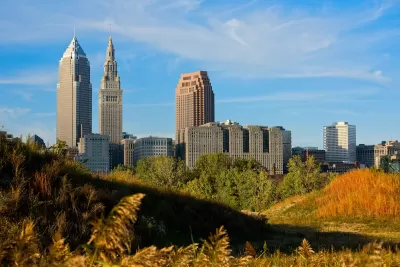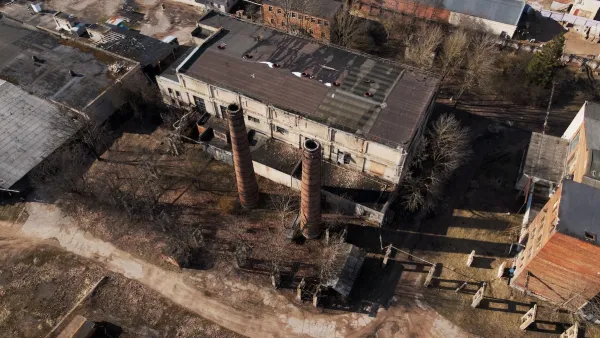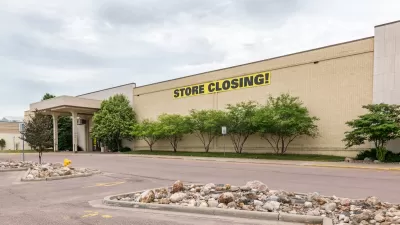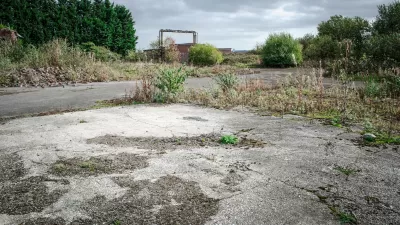This investment in brownfield remediation will clean up hazardous sites, foster economic development, and create jobs through 61 new projects across 33 counties.

Ohio Governor Mike DeWine recently announced $58.2 million in funding for 61 new brownfield remediation projects across 33 counties as part of the Ohio Brownfield Remediation Program. This initiative, launched in 2021 under the DeWine-Husted Administration, aims to clean up hazardous brownfield sites and redevelop them for economic and community revitalization. The latest awards include $55.9 million for cleanup/remediation efforts and $2.4 million for site assessments, contributing to the program's total funding of over $560 million across 86 counties.
The program targets industrial, commercial, and institutional properties that are abandoned or underutilized due to contamination from hazardous substances or petroleum. Examples of awarded projects include the Old River Road Assemblage in Cuyahoga County, which will transform historic maritime-era structures into residential and retail spaces, and the Battery Park Marina in Erie County, which will support a large mixed-use development with residential, hotel, and recreational areas. Other projects, such as Hamilton County’s 4th & Walnut Center and Ross County’s Transit Parcel, will promote economic growth through mixed-use developments and workforce housing initiatives.
Funded through Ohio's General Assembly and the Ohio BUILDS Initiative, the program underscores the state’s commitment to addressing environmental challenges while driving economic development. By cleaning up these sites, the initiative improves public health, attracts new businesses, and creates jobs. The diverse projects funded under this round highlight the program’s potential to restore neighborhoods and strengthen local economies statewide.
FULL STORY: Governor DeWine Announces 61 New Brownfield Remediation Projects

Maui's Vacation Rental Debate Turns Ugly
Verbal attacks, misinformation campaigns and fistfights plague a high-stakes debate to convert thousands of vacation rentals into long-term housing.

Planetizen Federal Action Tracker
A weekly monitor of how Trump’s orders and actions are impacting planners and planning in America.

In Urban Planning, AI Prompting Could be the New Design Thinking
Creativity has long been key to great urban design. What if we see AI as our new creative partner?

How Trump's HUD Budget Proposal Would Harm Homelessness Response
Experts say the change to the HUD budget would make it more difficult to identify people who are homeless and connect them with services, and to prevent homelessness.

The Vast Potential of the Right-of-Way
One writer argues that the space between two building faces is the most important element of the built environment.

Florida Seniors Face Rising Homelessness Risk
High housing costs are pushing more seniors, many of them on a fixed income, into homelessness.
Urban Design for Planners 1: Software Tools
This six-course series explores essential urban design concepts using open source software and equips planners with the tools they need to participate fully in the urban design process.
Planning for Universal Design
Learn the tools for implementing Universal Design in planning regulations.
Gallatin County Department of Planning & Community Development
Heyer Gruel & Associates PA
JM Goldson LLC
City of Camden Redevelopment Agency
City of Astoria
Transportation Research & Education Center (TREC) at Portland State University
Jefferson Parish Government
Camden Redevelopment Agency
City of Claremont





























